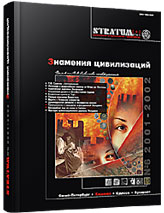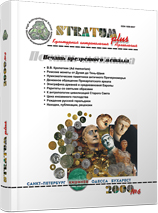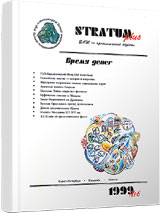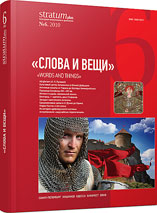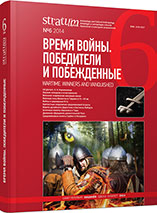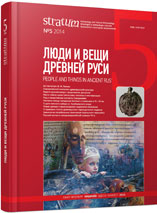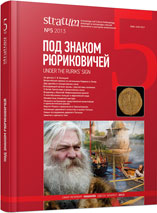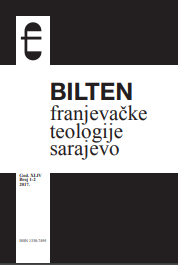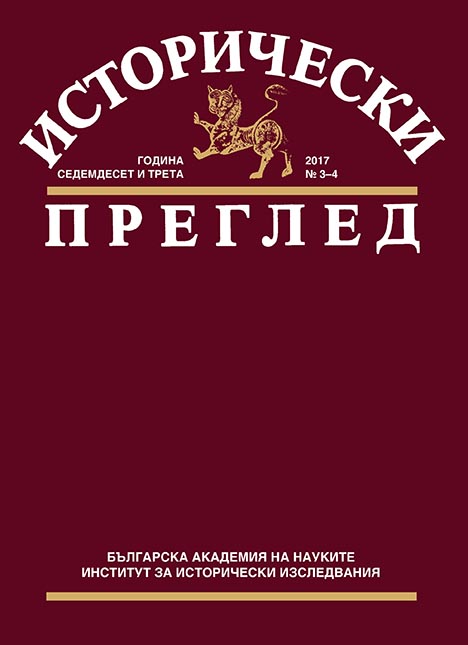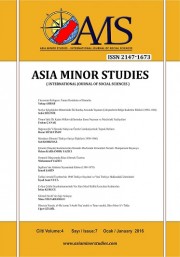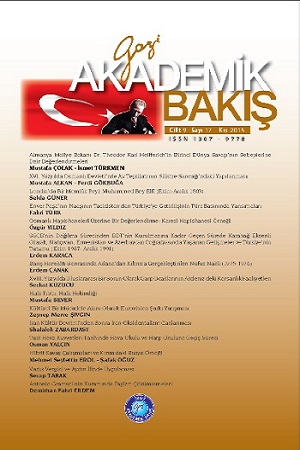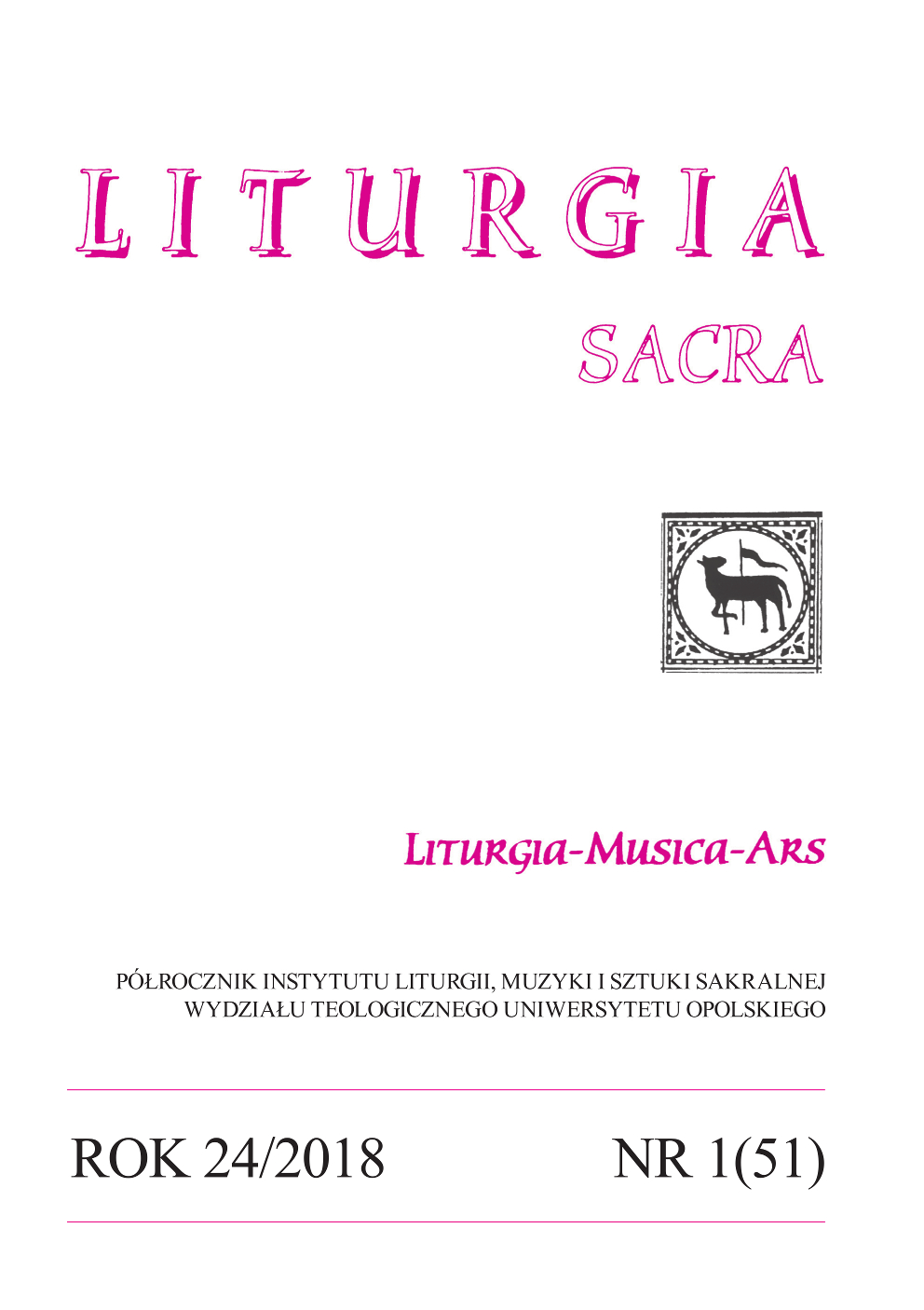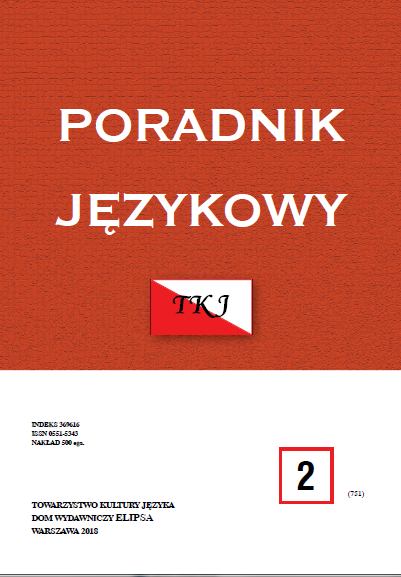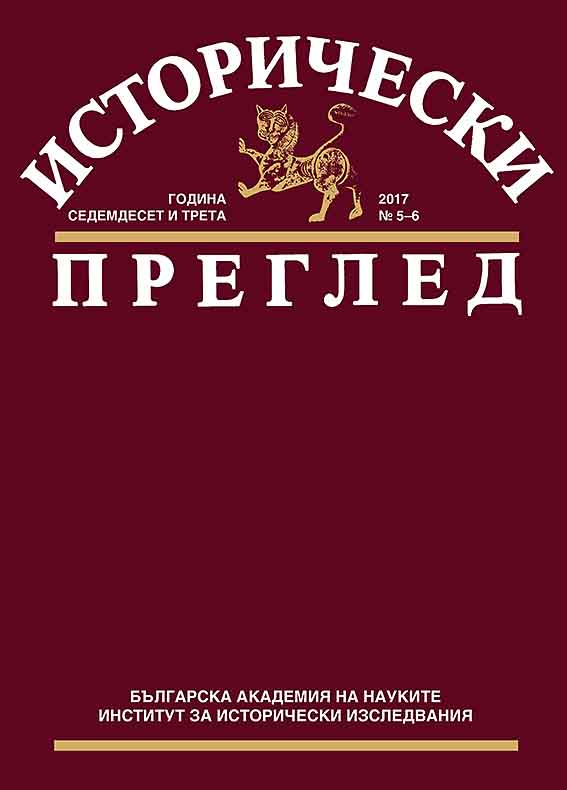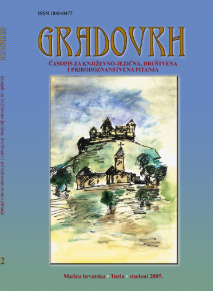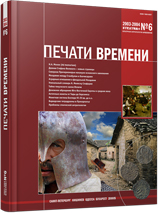
Изобразительный и текстографический источник как метод определения типа молдавской монеты XIV – XVI вв.
Analysis of images and legends on first Moldavian coins minted by Peter I Musat (1377-1392) enabled the author to infer that they were creation of a foreign engraver from Poland. Working upon iconography of Moldavian stamps and money, the master used as a model some visual elements of Polish and, to a smaller degree, of Hungarian coins. In researcher’s opinion, a peculiar interpretation of the main figure on the stem – head of the legendary aurochs – as an animal similar to bison is indicative of a link with heraldry of German and Polish lands extending north and north-west of Moldavia.
More...
